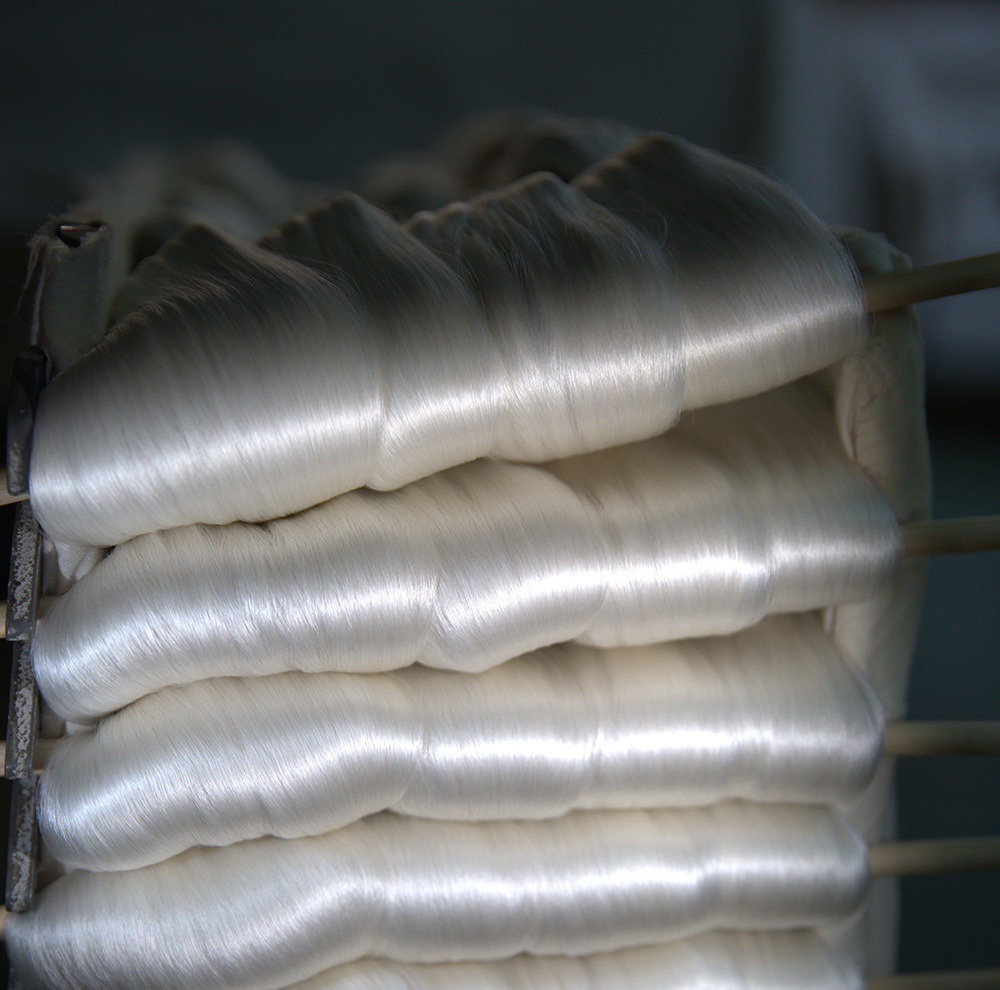Silk
Silk, derived from the ancient silkworm moth larvae, they get nutrition through the intake of mulberry leaves, and then spin silk cocoon. This process has been in human history for thousands of years, from the original wild cocoons to modern silkworm breeding, silk has been one of the important pillars of human civilization. Silk has a wide range of applications, not only for textile clothing, but also for the manufacture of various household items, handicrafts and so on. With the development of science and technology, the application field of silk is still expanding.
Key words:
Dehong Zhengxin
Mulberry planting
Green Silk
The Silk Road
Classification:
Product Description
The Origin and Evolution of Silk
Silk, derived from the ancient silkworm moth larvae, they get nutrition through the intake of mulberry leaves, and then spin silk cocoon. This process has been in human history for thousands of years, from the original wild cocoons to modern silkworm breeding, silk has been one of the important pillars of human civilization. Silk has a wide range of applications, not only for textile clothing, but also for the manufacture of various household items, handicrafts and so on. With the development of science and technology, the application field of silk is still expanding.
Characteristics and advantages of silk
1. Strength and toughness: Silk has extremely high strength and toughness, and can withstand greater pressure and friction. This makes the silk products have high durability during wearing and use.
2. natural environmental protection: silk is a natural protein fiber, does not contain harmful substances, has good affinity to human skin. At the same time, the degradation of silk is good, in line with the concept of environmental protection.
3. Excellent moisture absorption: silk has good moisture absorption performance, can quickly absorb and distribute sweat, keep the skin dry and comfortable.
4. Unique luster: the natural luster of silk makes its products have noble and elegant temperament, which is deeply loved by consumers.
Silk production process
1. Silkworm breeding: Select high-quality silkworm eggs to provide a suitable breeding environment to ensure the healthy growth of silkworms.
2. Acquisition of cocoons: When silkworms spin silk cocoons, people collect the cocoons to prepare for the extraction of silk.
3. Silk reeling process: the cocoon is soaked in hot water to loosen the silk in the cocoon, and then the silk is extracted from the cocoon by the silk reeling machine.
4. Treatment of silk: the extracted silk is degummed, bleached and dyed to improve its performance and increase its added value.
5. Textile and processing: the treated silk is spun into silk thread, and then woven into various specifications of the fabric through the loom, and finally finishing, packaging and other processes.
Application fields of silk
1. Textiles: silk products such as silk, scarves, ties, etc. are loved by consumers, with noble and elegant temperament.
2. Household goods: silk quilts, silk pillows, etc. have good warmth and comfort, and are affected
Get free product quotes
Welcome to leave your information to get in touch with us!







